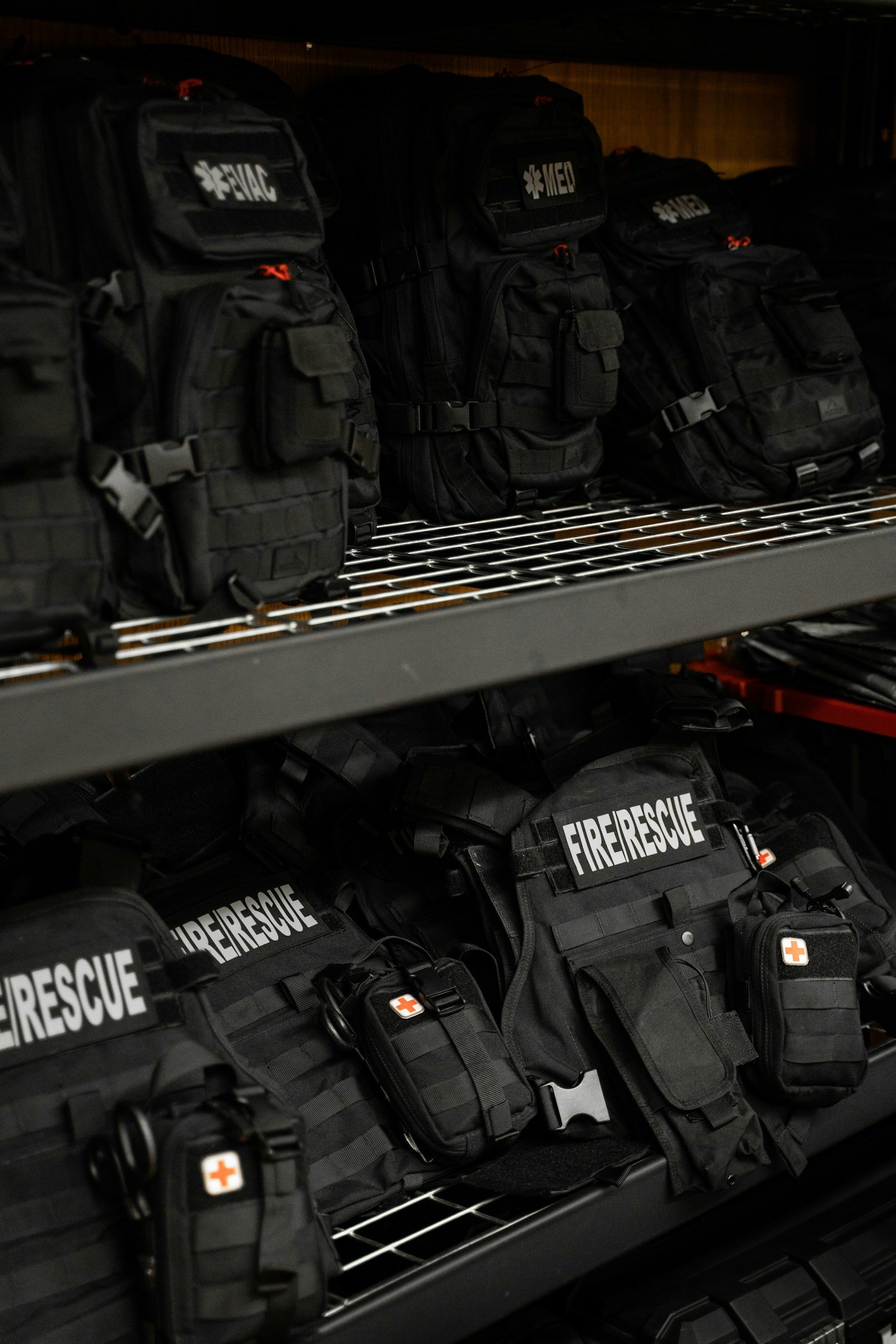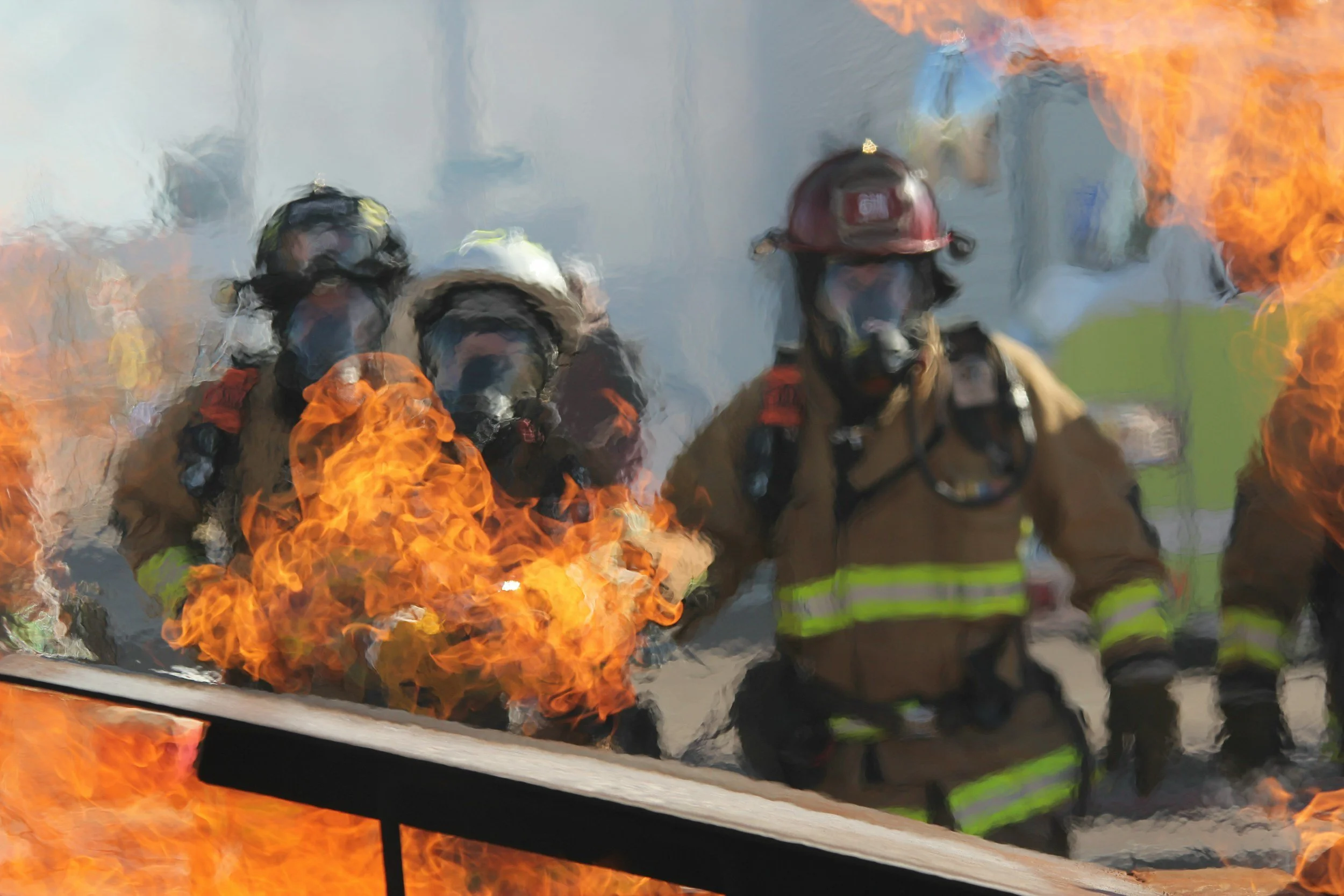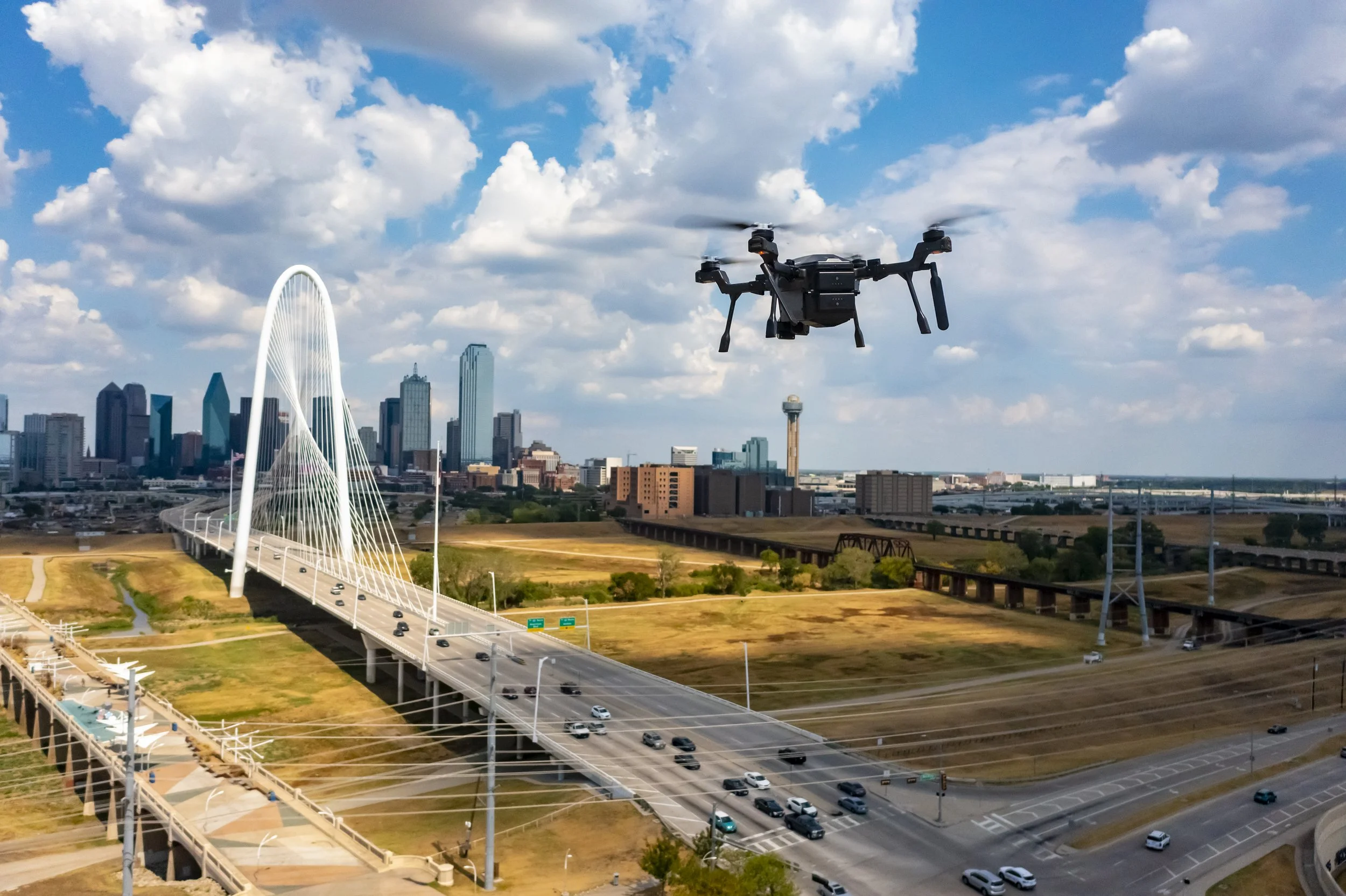
Public Safety
Drones as First Responders
ELEVATE AWARENESS
Drone as First Responder (DFR) is a public safety strategy where drones are deployed to emergencies immediately via onsite Operator or Docking Station upon a call for service, providing real-time aerial intelligence to first responders. This allows for faster response times, improved situational awareness, and more effective resource allocation. DFR programs are evolving, with some agencies using automated drone docks and remote piloting for enhanced efficiency.
What are DFR programs?
DFR programs utilize unmanned aerial vehicles (UAVs) known as “Drones” to support public safety operations by providing real-time information to first responders.
Drones can be launched from vehicles or rooftop docks and reach incident scenes quickly, often faster than ground responders.
DFR programs provide an aerial perspective, allowing for better situational awareness and informed decision-making by dispatchers and incident command officers.
How do DFR programs work?
A drone is dispatched to the scene of a 911 call, often before or as ground units are en route.
A remote operator can control the drone from a distance with established BVLOS practices, providing a live feed of the scene to first responders.
This real-time intelligence allows for better resource allocation, improved response times, and potentially reduced risk for officers.
Thermal IR sensor payloads can locate subjects in pitch darkness while LiDAR and photogrammetry can recreate 3D models of incident scenes in minutes.
Search and Rescue operations can be streamlined with aerial searches and coordinated from a single incident command with live feed.
Benefits of DFR programs:
Faster response times:
Drones can reach the scene of an incident quicker than ground units, allowing for a faster response to emergencies.
Improved situational awareness:
Drones provide a clear, real time aerial view of the incident scene, allowing for better understanding of the situation and more informed decision-making.
Enhanced resource allocation:
DFR programs can help dispatchers identify the most appropriate resources for each incident, optimizing resource utilization.
Increased safety:
By providing aerial intelligence and potentially de-escalating situations, DFR programs can help keep both officers and the public safer.
Reduced costs:
DFR programs can potentially reduce the need for multiple ground units to respond to an incident, leading to cost savings.
-

FAA Part 107/Part 91 COA Training
-

Equipment Acquisition, Training, Integration
-

Grant Assistance



